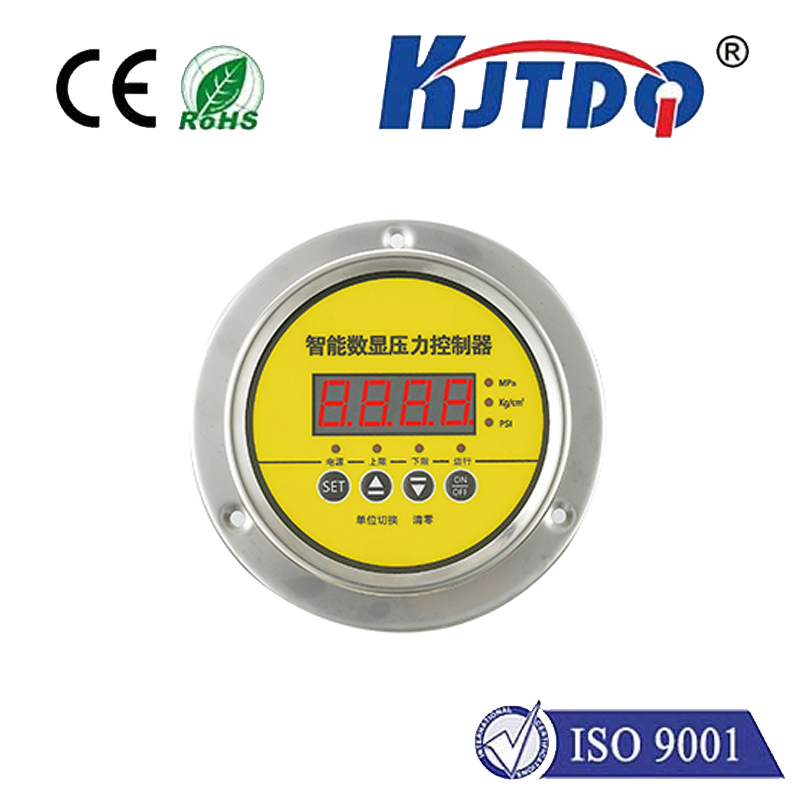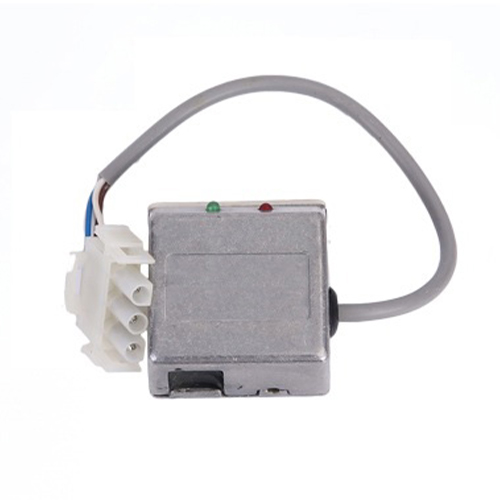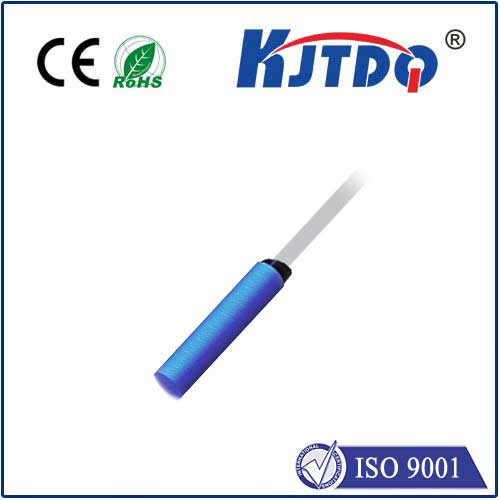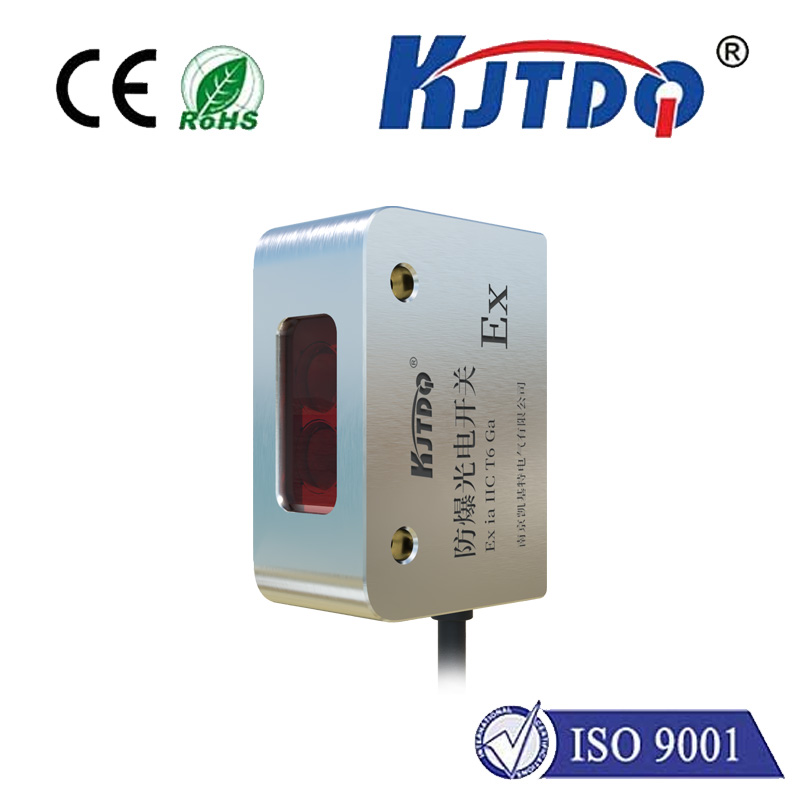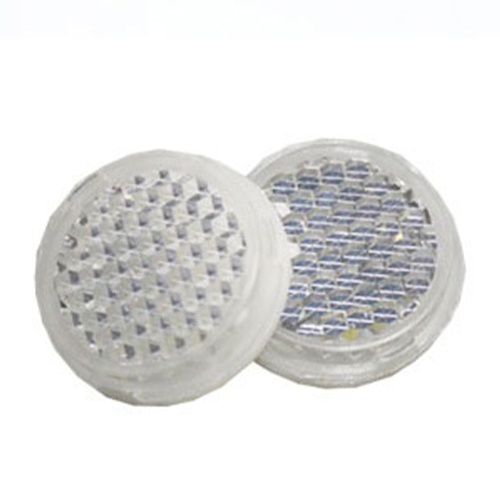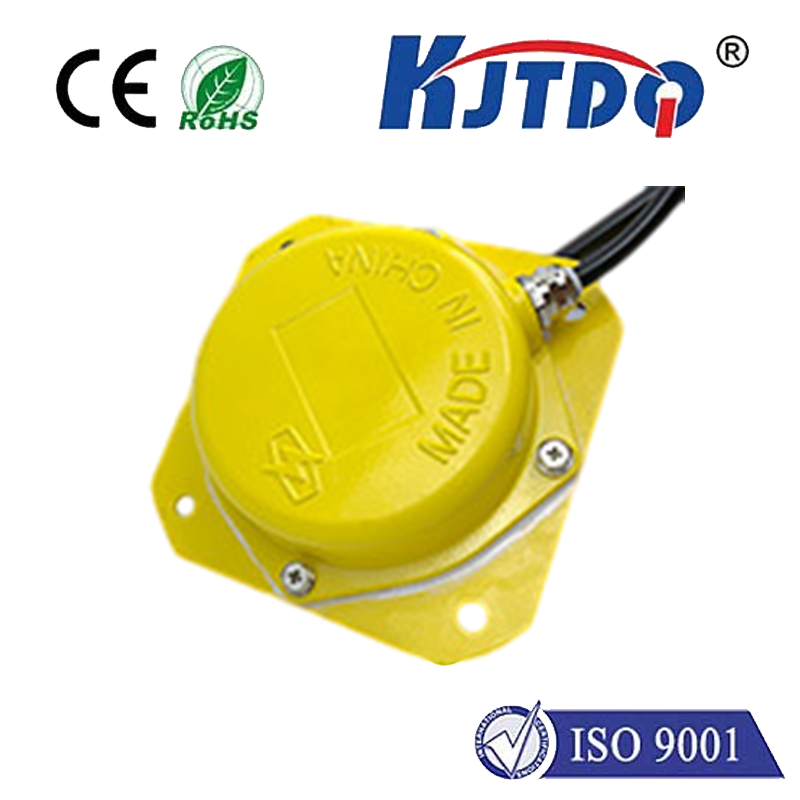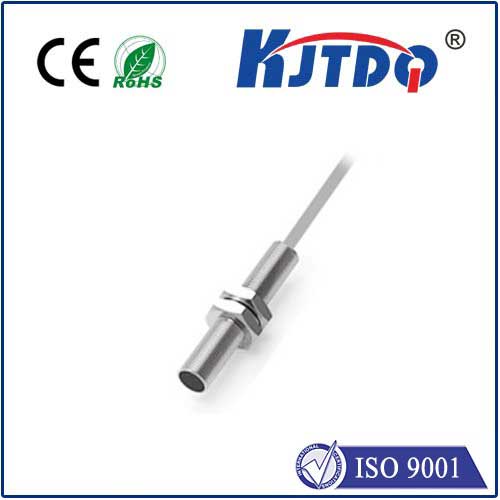BES01H6 high pressure proximity sensor
- time:2025-09-29 23:06:48
- Click:0
BES01H6 High Pressure Proximity Sensor: Engineered Reliability in Extreme Environments
Imagine a critical hydraulic system deep within an offshore drilling rig, operating under crushing pressures. Machinery tirelessly churns inside a high-pressure casting machine. Or perhaps, the demanding environment of a subsea oil and gas installation. In scenarios like these, conventional sensors falter. What’s needed is a guardian – a device built to not only sense with precision but to withstand relentless forces. Enter the BES01H6 high pressure proximity sensor, a specialized engineering solution designed for unwavering performance where pressure isn’t just a factor, it’s the defining challenge.
Understanding the Core Technology: Proximity Sensors Simplified
At its heart, a proximity sensor detects the presence or absence of an object without physical contact. Among the most common and robust types is the inductive proximity sensor. These sensors generate an electromagnetic field using a coil and oscillator. When a metallic target (like steel, iron, aluminum, brass, etc.) enters this field, it induces small electrical currents (“eddy currents”) within the target. This interaction causes a measurable change in the sensor’s oscillation amplitude, triggering its internal switching circuit. The key advantages? No moving parts, non-contact operation, high switching frequencies, and resistance to dirt, oil, and contaminants. This inherent robustness makes them ideal for industrial settings.
The High-Pressure Hurdle: Why Standard Sensors Aren’t Enough

Most industrial inductive sensors function reliably under typical atmospheric pressures or moderate increases. However, applications involving hydraulic systems, deep-sea equipment, high-pressure die casting, chemical processing under pressure, or oil extraction create a hostile environment. Extreme ambient pressure can:
- Compromise Sensor Housings: Causing deformation, seal failure, and ingress of fluids.
- Affect Internal Electronics: Altering signal characteristics or damaging sensitive components.
- Shift Sensing Characteristics: Potentially leading to unreliable switching points or false signals.
- Accelerate Seal Degradation: Leading to leaks and premature sensor failure.
Standard proximity sensors simply aren’t designed to handle these sustained, high-pressure conditions reliably. This is where specialized models, explicitly engineered for high-pressure resistance, become mission-critical.
Introducing the BES01H6: A Paragon of Pressure Resilience
The BES01H6 high pressure proximity sensor steps into this demanding arena. It’s not just a sensor with a “high-pressure” label; it’s fundamentally designed from the ground up to excel in these punishing environments. Here’s what sets it apart:
- Unmatched Pressure Resistance: The defining feature. The BES01H6 is meticulously engineered, often featuring high-grade stainless steel housings (like 316L) and specialized, high-integrity seals designed to maintain integrity under continuous exposure to pressures that would cripple conventional sensors. Its construction ensures reliable operation within its specified high-pressure range.
- Rugged Inductive Design: Inheriting the core benefits of inductive sensing, the BES01H6 is inherently immune to dust, dirt, oil, water splashes, and non-metallic debris, making it perfect for messy industrial processes often associated with high-pressure systems.
- Electrical Versatility & Protection: Typically offering DC (NPN or PNP) or AC switching options, the BES01H6 integrates seamlessly into diverse control systems. Crucially, it boasts a high IP (Ingress Protection) rating, such as IP67 or IP68, signifying exceptional resistance to dust and water immersion, complementing its pressure resilience. Enhanced models may also carry ATEX/IECEx certification for hazardous atmospheres.
- Reliable Performance: Engineered for stability, the BES01H6 provides consistent and precise switching points even under fluctuating pressure and challenging ambient conditions. Its robust design translates directly into reduced downtime and lower maintenance costs.
- Application-Focused Engineering: The sensing face and mounting configuration are optimized for typical high-pressure applications, ensuring easy integration into hydraulic cylinders, pressurized chambers, pumps, valves, and other critical machinery points.
Where the BES01H6 High Pressure Proximity Sensor Proves Essential
The unique capabilities of the BES01H6 make it indispensable across numerous demanding sectors:
- Hydraulics & Pneumatics: Monitoring piston position within cylinders, detecting valve spool position, or confirming tool presence in high-pressure hydraulic presses. Its resilience prevents leaks and ensures reliable feedback critical to system control.
- Oil & Gas (Onshore & Offshore): Deployed in blowout preventers (BOPs), subsea control modules, high-pressure processing equipment, and drilling machinery where exposure to immense pressures (hydrostatic and operational) is constant.
- High-Pressure Die Casting (HPDC): Detecting mold closure, core pulls, and ejector positions within machines operating under extreme clamping forces and molten metal pressures. Contaminant resistance is vital here.
- Chemical & Petrochemical Processing: Used in reactors, pipelines, and high-pressure injection systems where both chemical resistance and pressure tolerance are prerequisites for safety and process integrity.
- Power Generation: Monitoring components within steam turbines, high-pressure feedwater systems, and hydraulic control units in power plants.
- Marine & Subsea Applications: Thriving in deep-sea ROVs (Remotely Operated Vehicles), underwater actuators, and hull penetration monitoring systems subject to significant hydrostatic pressure.
Beyond the Spec Sheet: The Value Proposition of Reliability
Choosing the BES01H6 high pressure proximity sensor is an investment in operational integrity. While its initial cost might be higher than a standard sensor, the long-term benefits are substantial:
- Reduced Downtime: Minimized sensor failures mean less unscheduled maintenance and production stoppages.
- Enhanced Safety: Reliable sensing under pressure is critical for preventing accidents and ensuring fail-safe operations in hazardous environments.
- Lower Total Cost of Ownership (TCO): Increased lifespan and reduced replacement frequency outweigh the higher upfront cost.
- Process Assurance: Consistent, accurate detection ensures processes run smoothly, improving product quality and efficiency.
The BES01H6 high pressure proximity sensor transcends being merely a component. It is an engineered safeguard, a reliable sentinel positioned at the frontline of industrial pressure extremes. By mastering the unique challenges posed by high-pressure environments through robust construction, proven inductive technology, and unwavering reliability, the BES01H6 provides the critical feedback needed to keep demanding processes running safely, efficiently, and cost-effectively, proving that precision and durability can coexist even under the most intense pressures.






